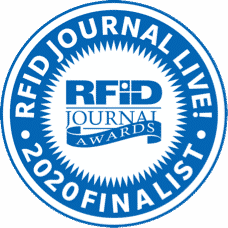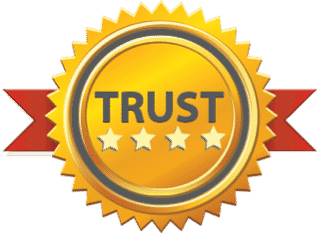IT assets are of great value to small businesses, therefore, IT asset tracking should be a priority. Read this article to find out why!
The Benefits of QR Tags
The Benefits of QR Tags
At itemit, we understand that businesses everywhere need to track their assets. This is why we offer an asset tracking solution that uses QR tags. Tags such as these can be hugely beneficial to the asset tracking process.
This article takes a look at some of the main benefits of using QR tags, helping businesses to manage assets with ease.
What Are QR Tags?
A QR or “Quick response” tag is a type of barcode that can easily be read. Most digital devices that store information can scan a tag. However, the device must be able to store the information in a square grid made up of pixels.
Most people have seen a QR tag from time to time. The most common tags seen in recent years are NHS tags found in shops and other locations. Users can scan the tags and inform the NHS of where they have been. The NHS can then track the individual to the location at a given time.
The QR tags that are used to track assets work in a similar way. However, they constantly help users to track their assets.

Quick Asset Identification
A major benefit of attaching a QR tag to an asset is that it speeds up asset identification. This is thanks to itemit’s software allowing users to locate the asset and edit or read the information relating to it.
Users can take a look at the asset’s profile, understand its maintenance schedule, learn about its warranty and insurance, and more. Quick identification allows users to access as much information about the asset in question. In addition to this, it also helps users to track the asset whenever they need to.
Users simply need to log in to itemit’s menu and select the asset. They will then be shown the asset’s last-known location. This feature can help to save time and make for better asset retrieval.
Better Accountability
Another major benefit of using itemit’s QR tags is that they make everyone more accountable. Every time an asset is checked out, the individual using it will feel more responsible. The asset will be checked out in the user’s name, ensuring management knows who has which assets.
This feature also allows management to understand which assets are frequently used. Additionally, users will also be held accountable for the use and treatment of each asset. Therefore, they are much more likely to look after assets, ensuring they sustain less damage.
Reduced Asset Loss
As users feel more responsibility for the assets they use, there will be reduced asset loss. Management can track the assets at all times. This means that even if assets are misplaced, they can be retrieved. The business will no longer have to replace assets that have been misplaced as they can always be found. When an asset is stolen, it can also be traced, helping to reduce loss.
Another advantage of using itemit’s QR tags involves damaged assets. Assets such as these may still be accounted for. For example, ABC Builders might have 12 compactor plates, but only 9 of them are in working order. ABC Builders may still be paying for the damaged compactor plates, even though they’re not in use.
Here is where itemit’s asset tracking software can help. As soon as a compactor plate breaks, users can alert the maintenance team. They can even leave information as to what they think the issue is. The maintenance team will receive an alert, and book the compactor plate in for repair. It’s this simple feature that can help to reduce asset loss.
Increased Productivity
When a QR tag is attached to an asset, productivity is increased. This is thanks to itemit’s software and its ability to allow users to log tasks. Tasks can be logged instantly with no need for users to manually scan their work. With a touch of a button, users can note where they are, why they are using the asset, and even how long they’re using it for.
Not only does this ensure better productivity, but it also allows others to see that the asset is being used. Again, this allows for increased productivity as it means those who wish to use the asset can book it in, or simply continue with another task in the meantime. There is no need for potential users to find out where the asset is or if it’s being used. They can simply log in to itemit’s menu, understand that the asset is in use, and work on another task.
Use itemit’s QR Tags
Businesses everywhere should consider using itemit’s QR tags. Proven to be hugely beneficial, these tags can help businesses to trace every asset, ensuring there is better accountability. Please reach out to itemit’s helpful team today at team@itemit.com to find out how easy it is to use a QR tag on every asset. Alternatively, you could begin a 14-day Free Trial so you can find out just how well our software works for you.
QR Tags
Choose a better way to track your assets
Start your free 14-day trial now
Instant access. No credit card details required.
Related articles
The Importance Of Tracking IT Assets In A Small Business
The Importance Of Updating Your Asset Register In Real-Time
Updating your assets in real-time via an asset register app or online portal is hugely important. Read this article to find out why.
Strategies For Reducing Equipment Downtime
Equipment downtime can cause many issues. However, using strategies such as pre-emptive maintenance can help. Read this article to find out how!









